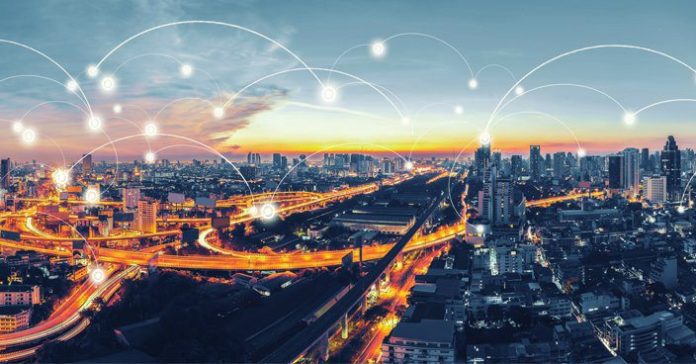Digital twins of smart cities will number 500 by 2025, from a handful today, according to ABI Research. The concept of digital twins will start move from smart factories, where spatial modelling is starting to be used to show the interplay between physical environments and mechanical and digital systems, into smart cities in the period, it said.
So far, only Newcastle, Rotterdam, Boston, New York, Singapore, Stockholm, Helsinki, Jaipur, and Amaravati have deployed digital twins.
But their rise in urban settings will come via the integration of multiple ‘twins’ in other sectors, making their homes in these more digitally-progressive cities. Integrated sets of digital twins will enable cities to map and plan energy management, urban mobility services, and sustainability initiatives as a whole, and beyond their existing remits, instead of in silos.
Dominique Bonte, vice president for end markets at ABI Research, said: “Originally developed for industrial systems, the digital twin concept is now spreading to the smart cities environment. However, it won’t be a single Uber-like digital twin for an entire city but rather an aggregation and integration of domain-specific digital twins for systems like smart buildings, traffic infrastructure, energy grids, and water management.”
The concept of smart cities, where governmental functions, city services, and local enterprises are conjoined to deliver intelligent and sustainable services, requires closer integration of city functions. Point-based IoT solutions, which continue to dominate the smart cities market, will only deliver isolated and limited gains.
“Just adding a thin layer of IoT tech on top of legacy infrastructure will no longer suffice to address the multiple challenges cities will face in the future,” said Bonte.
Management and conservation of energy, across the urban environment, is the primary use case. Traffic management is another. But Bonte pointed also to modelling for emergencies, including natural disasters. Cyber threat analysis would also be enhanced, he said.
“The benefits of modeling are numerous and range from preventive maintenance to operational efficiencies and cost savings, improved services for citizens, increased safety and security and the inherent possibility of automated generative design, for example allowing maximising solar energy exposure of entire neighborhoods.”
A new report from ABI Research discusses the principle players for digital twins. These include Microsoft, Siemens, and Dassault Systemes, next to smaller providers like IES, Bentley Systems, and CityZenith.
Challenges for adoption are linked to the complexity of city-wide modelling and the lack of standards supporting cross-vertical data exchange. Other inhibitors include a lack of understanding about their benefits, how to calculate their ROI, and concerns about privacy and security.
But Bonte said: “It is quite clear urban modelling and digital twins, in particular, form the end-game for the smart cities journey to optimised design and operation.”

